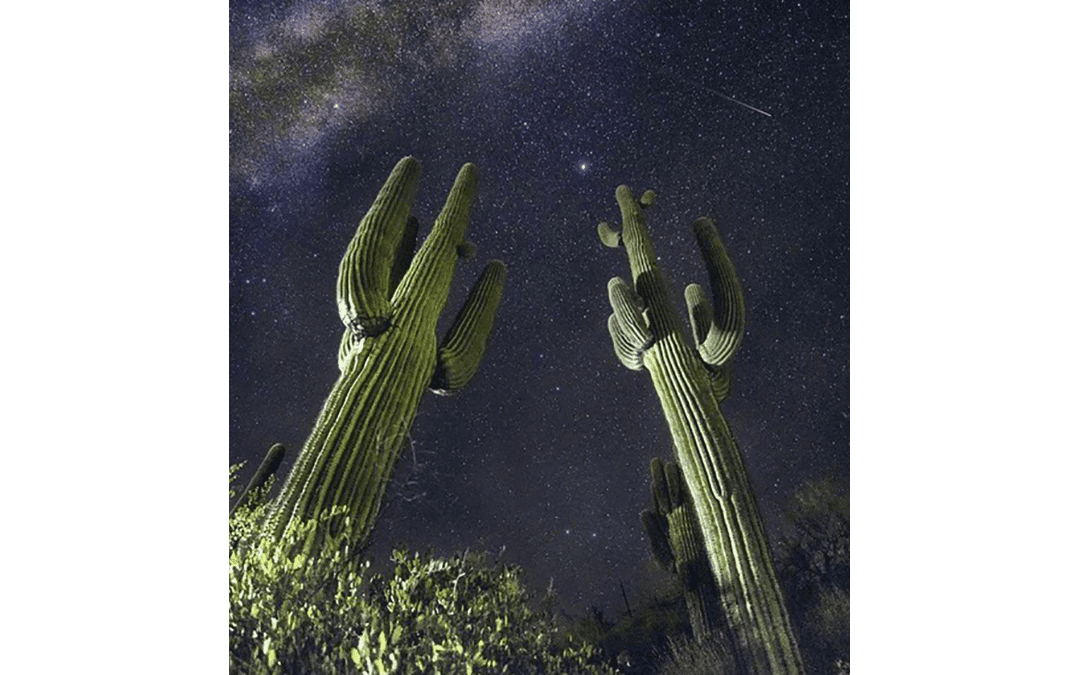We live in a fast-paced, capitalist society, where we are encouraged to consume goods and services and experiences and — yup! — spiritual practices. If you think yoga is about poses or adjustments or alignment or bliss, there’s a good chance you’ve been sold a bill of goods.
I want to share three quotes from Michael Stone (“The Inner Tradition of Yoga”) that point at what yoga *really* is.
“When we begin yoga posture practice, it feels as though there is a solid ‘me’ practicing with this solid body. But over time, the sense of ‘I’ shifts, and we notice that. The body is pliable and not static, and we notice that too. In fact the ‘I’ is not dependent on the body, and the body is not dependent on the ‘I.’ Yoga postures allow us to dismantle our fixation on the permanence of what we experience. We usually cling to the content of our experience as being that—not just as something that is being experienced but as something with solidity that is real, solid, permanent. But when we look honestly, especially from a place of stillness, we see that experience is simply experience, and it is not made of anything solid whatsoever. Experience is simply an empty cognition. When the saṁskāras are seen for what they are—conditioned patterns or potentials that influence clinging and misapprehension—then they can be seen through. This is what is meant by śūnyatā (emptiness).”
“In the Abrahamic religions of Judaism, Christianity, and Islam, in very broad terms, the human person is seen as needing repentance, divine forgiveness, and renewal. The Absolute, for these allied traditions, is an omnipotent, anthropomorphically envisioned, monotheistic godhead. In Buddhism, it is taught that the human person is experiencing suffering unnecessarily due to mistakenly perceiving himself or herself as an enduring, self-conscious entity. Liberation, in Buddhism, begins with the realization that there is no eternal self, but only momentary states that give the illusion of a permanent person. The final extinction of the human person in the form of nirvāna (literally “blowing out”) is thus the goal. This is quite similar to Patañjali’s description of nirodha. The Absolute, in Buddhist terms, is correlated with śūnya, boundlessness, emptiness. For Buddhism, there is no god per se, nor any other permanent metaphysical reality. For Hinduism, the human existential dilemma is caused by ignorance (avidyā) of our true state as permanent spiritual beings (ātman), and our illusion (maya) of separation from reality. Liberation (mokṣa) is achieved by transcending this illusion, and by realizing our inherent union (yoga) with reality.”
“Yoga is a complex and intimate set of interrelated practices that inform every aspect of life, creating a coherent path toward liberation by understanding the causes of suffering and the path to freedom.”


